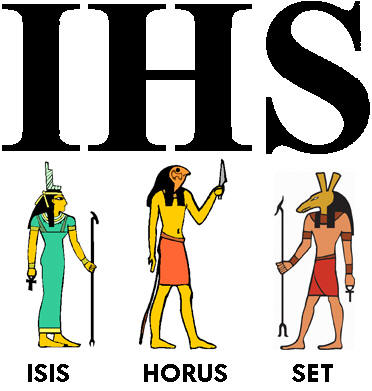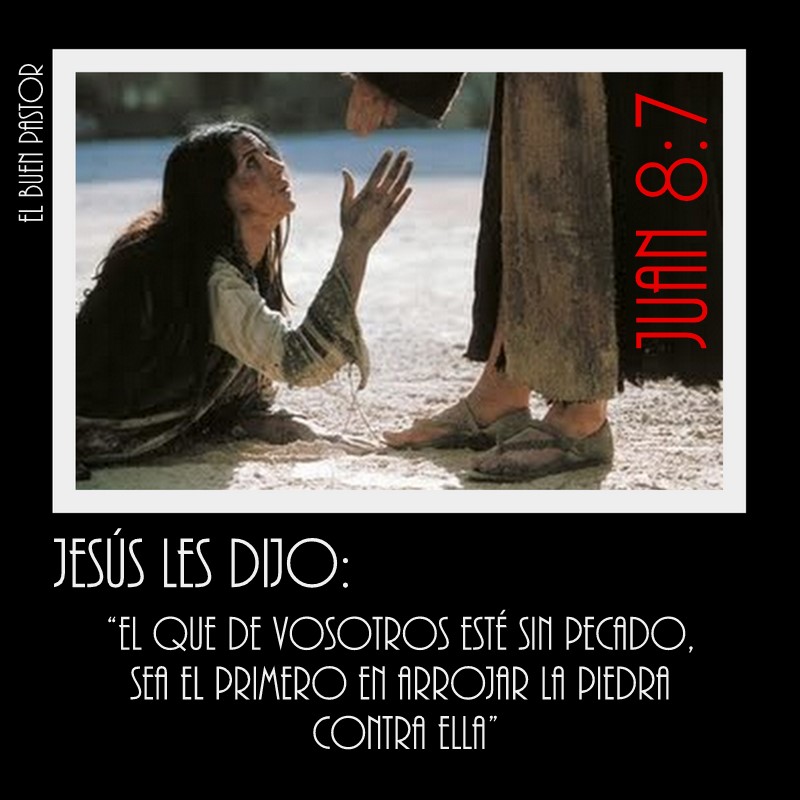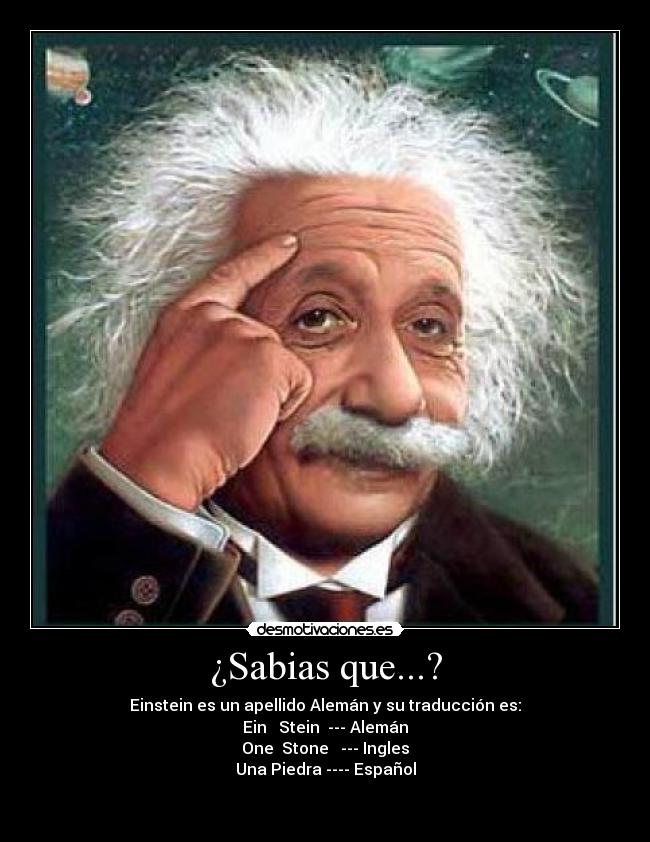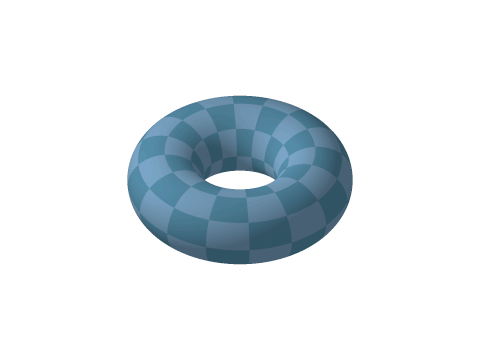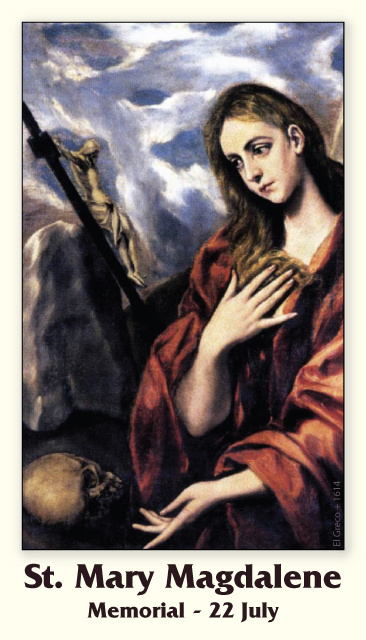Let us assume (and these are reasonable assumptions as we will further explain) these things:
1) that Salome, the mother of John and James, the sons of Zebedee, was the Virgin Mary’s sister — an assumption reached by comparing three verses: Mark 15:40 and Matthew 20:20; 27:56.
2) that John and James, the sons of Zebedee, were not given the names “sons of thunder” to flatter them; but rather because they were hot-tempered (and therefore unlovable) and always jockeying for special favor with Jesus, presumably their cousin by virtue of Mary being Salome’s sister. Indeed, the other disciples are often shown grumbling that John and James persist in asking Jesus if they will find special favor in the world to come.
3) that the apostle John, the son of Zebedee, who is one of two candidates for the writer of the Gospel of John, which by default makes him one of two candidates for the scholarly third-person identifier “the disciple whom Jesus loved,” was a fisherman’s son from Galilee and not a scholar who lived in Jerusalem and knew the high priests Annas and Caiaphas.
4) that Mary Magdalene does not deserve to be identified as “the disciple whom Jesus loved” by virtue of the fact that she is not a man named John, who would have written the Gospel of John, and by virtue of the fact that she is seen in the company of “the other disciple, the one whom Jesus loved” at the empty tomb with Peter.
5) that the home of John Mark and his mother Mary served as the home where the actual last supper took place — and, that this home was located near the Garden of Gethsemane, to which Jesus and Peter, James and John journey immediately following the last supper.
6) that when John and James flee the Garden of Gethsemane upon seeing Judas and the Roman soldiers arrive that they do not later become emboldened and proceed to Golgotha to witness the crucifixion of Jesus.
7) that John Mark of Cyrene knew Simon of Cyrene (as indicated by Mark’s naming of his two sons Rufus and Alexander), who helped to carry Jesus’ cross.
8) that the Virgin Mary would not have wanted to witness the torturous execution of her son Jesus.
9) that John Mark was a scholar, having been trained in Cyrene in north Africa to read and write classical Greek, Latin and Hebrew.
10) that John Mark wrote the Gospel of Mark.
11) that John Mark is the only man named John to be placed near Ephesus, according to a letter written by Paul to Timothy, who at the time was in Ephesus, near Patmos, where the book of the Revelation of Jesus was written by a man named John.
12) that the controversy of which man named John is the writer of the Gospel of John and therefore “the beloved disciple” has been a topic for debate even among laymen since the third century.
13) that Leonardo da Vinci, having had three years to paint The Last Supper (from 1495 to 1498), did not mistakenly leave in his painting a hand holding a dagger without an arm or person attached behind the back of Judas — something which the Da Vinci Code never addresses.
None of these are in any way outrageous assumptions, but quite plausible and already readily accepted by most Bible scholars. If we assume all of these things … we can go through the following vague references to a man named John and a woman named Mary and end up with the identity of the true beloved disciple, the writer of the Gospel of John.
Now let us turn our attention to 19 vague references to people which appear in the gospels of Mark and John. We believe that taking into account these first 12 assumptions above that we can demonstrate that all but two of these references are references to African scholar John Mark. We contend that two of the 19 references are made to John Mark’s mother Mary.
1) “A certain youth” is found in Mark 14:51-52. — These verses along with John 19:25-27 are KEYSTONE verses, in that they are the two passages from the gospels of Mark and John which indicate tampering with the original gospel manuscripts. This Mark passage sticks out like the proverbial sore thumb, because without identifying the “certain youth” and what he was doing in the vicinity of the Garden of Gethsamene it very obviously has nothing to do with the narrative. That is a clue that the original passage was altered by someone who wished to obscure John Mark, whom scholars tend to believe was the “certain youth” anyway.
These unspecific verses about a seemingly unrelated event on the night that Jesus was arrested serve as the keystone upon which all of the vague references in John’s Gospel must be overlaid and considered.
2) “The disciple whom Jesus loved” is found in John 13:23. — This we know is a man named John.
Jesus thought enough of the beloved disciple — and Peter knew it — that Peter should be compelled to nudge John — “the disciple whom Jesus loved” — and ask him to ask Jesus who it would be who would betray Jesus. John had a special relationship with Jesus, which went beyond being a mere disciple. That’s an important point. It is the closeness of the relationship between John and Jesus that has precipitated the use of the vague and obscuring language; in other words, as we shall see the vaguely identified John in subsequent passages, whom we say is John Mark, became necessary to the alterer of the original manuscripts if the alterer was to be successful. Of all of the references to the person who serves as Jesus’ defender, which we shall see next, we would expect these references to be clear, i.e., we would expect the disciple to be named, and he is not.
Peter, as close as he was to Jesus, felt compelled to ask John to ask Jesus who was going to betray Jesus. John clearly had a familial relationship with Jesus — they were that close. It had to be a unique and very special relationship, one based on mutual trust and understanding, how a home boy would feel toward another.
3) “Another disciple” is found in John 18:15. — This is a man who is a scholar, scribe and likely a priest, having been known to the high priests Caiaphas and Annas.
4) “This disciple” is found in John 18:15. — This is a man who is a scholar, scribe and likely a priest.
5) “This other disciple” is found once in John 18:16. — This is a man who is a scholar, scribe and likely a priest.
Why would the person who was willing to go to bat for Jesus be unnamed? Surely this man, whom we say is scholar John Mark, was not just a casual acquaintance of the high priests Caiaphas and Annas. They must have trusted him, otherwise he doesn’t get an audience. And we would have to say that John Mark may have come very close to winning Jesus’ freedom because of what they thought of John Mark. This John (John Mark) lived and worked in Jerusalem. Zebedee’s John was a fisherman from Galilee, as Peter was. If Peter would deny Jesus repeatedly … why would Zebedee’s John do any differently? In fact, Zebedee’s John was nowhere to be found, having fled with his brother James.
Clearly, the unnamed disciple was a special person. But apparently not special enough to be named. Was the unnamed disciple’s name removed? In other words, was John Mark’s name ever used, was it used in the original manuscript? We will probably never know, but a name doesn’t appear here, and it is jarring. Mark 14:51-52 is the keystone: this person is a youth, younger than the other disciples, which John Mark was; the name has apparently been removed in these verses, rendering them nonsensical, irrelevant; then why does this passage appear at all if it seemingly has no bearing on the story? These verses appear as subterfuge: Because if John Mark is not wearing his priestly white linen garment … then he cannot be “the other disciple” who serves as Jesus’ defense counsel. Only a scribe, i.e., attorney could have argued effectively on Jesus’ behalf. John Mark was a scribe. From the second century B.C.E. forward … all Jewish scribes were also priests. So the white linen makes sense. It is the hidden John Mark who is the only person who could play this role. He is the thirteenth disciple.
6) “The other disciple, the one Jesus loved” is found in John 20:2. — This person is with Peter at the empty tomb. This person outruns Peter to the empty tomb. This person is not Mary Magdalene.
This is a very critical reference to the unnamed disciple, because Mary Magdalene is in the same scene with this person, i.e., “the other disciple, the one Jesus loved” — therefore removing any likelihood that Mary Magdalene was herself the beloved disciple. This is a critical passage also because it describes “the other disciple” as outrunning Peter to the empty tomb, something a younger man would be expected to do. But when John Mark got to the empty tomb … he did not go in. He was frightened. That would change. John would become bold and take a second name, a Greek name, Marcus, which some have tried to say means “deformed fingers”; it means “Hammer,” which is a testament to John Mark’s newfound boldness after seeing his friend crucified. John Mark must have been hated, and so he has been obscured.
7) “The other disciple” is found in John 20:3. — This is the same person as the one above.
8) “The other disciple” is found in John 20:4. — Ditto.
9) “The other disciple” is found in John 20:8. — Ditto.
10) “The disciples” is found in John 20:10. — This is Peter and the other disciple above.
11) “Two other disciples” found in John 21:2. — It is uncertain who these two disciples are; but we know they are not the sons of Zebedee, John and James, who are previously named in the same sentence.
This is a critical reference, too — for it distinguishes two unnamed disciples from the two sons of Zebedee, John and James. A pattern by this point has been established: wherever John Mark appears … there are only vague references. “The other disciple” could not have been Zebedee’s John in any of these other instances, so we assume based on previous assumptions that this must be John Mark … and one other person. The second disciple may have been added to confuse us.
12) “The disciple whom Jesus loved” is found in 21:7. — This is the writer of the Gospel of John.
This reference is made in the way that a scholar would use such a reference to identify himself, in the third person. I suspect that those who wanted to obscure John Mark took a cue from this sort of reference and the one in chapter thirteen in John’s Gospel, when John Mark as a scholar refers to himself in the third person. Those who tampered with these other verses took advantage of the ambiguity … to obscure the scholar.
13) “The other disciples” is found in John 21:8. — It is uncertain who these other disciples are.
14) “The disciple whom Jesus loved” is found in 21:20. — This is the writer of the Gospel of John.
15) “This disciple” is found in John 21:23. — This is the writer of the Gospel of John, whom Jesus says will likely not die. This person very likely lives to write the book of the Revelation of Jesus.
This is Jesus’ reply to Peter, who has asked Jesus if one of the disciples, whom we contend is John Mark, will escape martyrdom: “What is it to you if this disciple is not martyred? You worry about yourself.” This in effect is what Jesus says when Peter wants to know if the rumor is true that “this man,” “this disciple,” according to the grapevine, is not going to be martyred. Peter would have never raised the issue within earshot of Zebedee’s John if this person had been Zebedee’s John. And Jesus would never have played favorites, showing favoritism for Zebedee’s John or James over the other disciples. John and James, the sons of Zebedee, were also the sons of Salome, the sister of Jesus’ mother Mary, making John and James Jesus’ cousins. What cousin is beloved? What cousin is chosen over another cousin and called beloved?
16) “This disciple who testifies to these things” is found in John 21:24. — This person is the writer of the Gospel of John.
Here again, John Mark refers to himself in the third person as a scholar would do. Only John Mark is a scholar. I don’t know why other Bible scholars have not consulted the Coptic biography of John Mark written by Pope Shenouda III, the patriarch of the Holy See of St. Mark, but they haven’t (it appears in our “sky links” above under “Biography of St. Mark,” conveniently enough. New Testament commentaries which I have read pertaining to John Mark doubt that he was even the founder of the Coptic church in Alexandria, Egypt. The Coptic biography of John Mark is unequivocal in stating all that John Mark was, and he was a considerable force of early Christianity. The only thing the Copts get wrong has to do with the alleged martyrdom of John Mark, which cannot have occurred. For he lived on to write Revelation. Zebedee’s John, on the other hand, was expecting martyrdom … because Jesus told him and James that they would drink from the same cup as Jesus.
17) “The other Mary” is found in Matthew 28:1. — It is uncertain who this woman is, but note that she is described in the same way as “the other disciple.”
This Mary can be one of many other women named Mary, and there is a passel of them — which is why we should expect a more precise description of just which Mary this is. But it is a vague reference to this Mary, who, very notably, is in the presence of Mary Magdalene, who is already suspect certainly, not being the beloved disciple — and she is not because John Mark, the other disciple who is with her at the empty tomb, is. It is reasonable to assume that Mary, John Mark’s mother, would also be treated obscurely if any woman named Mary would be … for this John and Mary are the actual mother and son who appear at the foot of Jesus’ cross in John 19:25-27.
18) “The other Mary” is found in Matthew 28:61. — Ditto.
When these verses are cross-referenced, laid one on top of the other, with an understanding of motivations and John Mark’s actual background, national and educational, we come out at the distilled end with only one person who fits the criteria in all of these verses. And that is John Mark. It can be no one else. Bible scholars for years have avoided even weighing in on this subject, because it appeared unsolvable.
19) “The disciple whom Jesus loved” and Mary, the mother of Jesus” is found in John 19:25-27.
This famous passage reads as follows: “When Jesus saw his mother there, and the disciple whom he loved standing nearby, he said to his mother, ‘Woman, behold your son,’ and to the disciple, ‘Behold your mother.’ From that hour, this disciple took her into his home.”
Let’s assume the beloved disciple in this instance is John, the son of Zebedee, who fled Gethsemane earlier, abandoning Jesus. In Matthew 13:54-57, we’re presented with the strongest evidence as to why this famous passage in John as it is presently written doesn’t ring true. It reads: “Coming to his hometown, he began teaching the people in their synagogue, and they were amazed. “Where did this man get this wisdom and these miraculous powers?” they asked. “Isn’t this the carpenter’s son? Isn’t his mother’s name Mary, and aren’t his brothers James, Joseph, Simon and Judas? Aren’t all his sisters with us? Where then did this man get all these things?” And they took offense at him. But Jesus said to them, “Only in his hometown and in his own house is a prophet without honor.”
Why would Jesus ask Zebedee’s John, a hot-tempered firebrand against whom the other disciples often grumbled, to take care of his mother Mary, when we know from this passage in Matthew that Jesus had at least four brothers, one of whom being James, who became the head of the church in Jerusalem, and sisters as well? This passage in John is even further made questionable by the possibility that the Virgin Mary was likely the aunt of the apostle John, as we have said, with Mary being the sister of Salome, whose sons were James and John, the sons of Zebedee.
Besides, as we have already stated … once Judas and the Roman soldiers arrive in Gethsemane, James and John, the sons of Zebedee, run for their lives, presumably not to be seen again until the book of Acts, when we learn that James, alas, is martyred, just as Jesus predicted. But what of John? James and John were inseparable. It is highly doubtful that James and John, having been told earlier by Jesus that they would be martyred … it is highly doubtful that they would have suddenly become bold enough to ascend Golgotha and watch Jesus as he was executed. Neither would Peter have been bold enough to ascend to Golgotha. And then of course there is the inescapable fact that John Mark is placed atop Golgotha, having followed as an eye-witness Jesus and Simon of Cyrene (very apparently known to John Mark of Cyrene), who would carry Jesus’ cross.
If the disciple whom Jesus loved in this instance was Zebedee’s John, this passage is odd. It makes sense if John Mark, who is already present at Golgotha, is the disciple whom Jesus loved. What Jesus then appears to be saying when he tells the two to “behold” one another … is not to perceive one another as mother and son anew … but to look after one another in Jesus’ physical absence. And this John Mark does, leaving Paul on the mission field to go home to Jerusalem, which caused the famous rift between Paul and John Mark. You’ll recall that Barnabas, after this fight, sides with John Mark … and they leave for Cyprus. Barnabas was the nephew of Mary, the mother of John Mark. And so Barnabas, too, may well have been an African. We also know that he was wealthy, as John Mark and his mother Mary apparently were.
Let us recap what we’ve said here: This passage, then, along with Mark 14:51-52, is a keystone passage, because it has apparently been tampered with, changing the person Mary, the mother of John Mark, to Mary, the mother of Jesus. John Mark and Mary were Jesus’ benefactors: wealthy Africans and unsung heroes of early Christianity. It is hard to imagine that Jesus’ mother would have wanted to be anywhere near Golgotha to see her son tortured and killed. And, as for John the apostle, he could not possibly be here, neither he nor his James, for they fled and abandoned Jesus in the Garden of Gethsemane; nor is Peter here, he having denied even knowing Jesus. John Mark, as evidenced in Mark 15:21, is the only man named John to be present at Golgotha. And we know this because John Mark in the Gospel of Mark describes Simon of Cyrene, whom John Mark would have known along with Simon’s two sons Rufus and Alexander, because John Mark was himself from Cyrene. Only John Mark witnesses the selection of Simon and accompanies Simon and Jesus to the top of Golgotha.
Granted, we are making some pretty large assumptions here. But we’re being realistic when we say that John Mark was at the cross and Zebedee’s John along with Peter and James very likely were not. The passage makes sense if it is John Mark with his actual mother Mary.
Notably (and interestingly) John Mark is placed at Jesus’ cross despite the statements of Papias that John Mark “neither heard nor accompanied Jesus,” these beliefs of Papias coming on the word of a mysterious man named John, apparently known as Presbyter John.
This explanation makes an odd verse suddenly make sense. Jesus told actual mother and son to “behold” or look out for one another in his physical absence. It is of course possible that John Mark may have been standing with Mary, the mother of Jesus, but if Mary, the mother of Jesus, was John Mark’s aunt … it would make this verse odd. We have to assume that John the apostle never took Jesus’ mother to his home in Galilee to care for her, and so the Virgin Mary would never had gone to Ephesus, as Mary Magdalene is alleged to have done, where both are believed to have lived, died and been buried.
A German nun in 1951 initiated the apparently false rumor that the Virgin Mary lived in Ephesus with John, the son of Zebedee, and died there. But, of course, we have the tomb of the Virgin Mary in Jerusalem to refute that.
It bears noting that if this pair was John the apostle and Mary, the mother of Jesus, verse 27, which indicates they left for the beloved disciple’s home at “that very hour,” would suggest that it would have been very unlikely for John, who lived in Galilee, sixty miles to the north, to make the return trip to Jerusalem to be present at the empty tomb — which offers more validation that our interpretation of these verses is accurate.
FINAL NOTE: The Last Supper, as the painted is interpreted by the Da Vinci Code, we contend perpetrates a lie about the true beloved disciple, John Mark, who actually lived in the home where the actual last supper was held. Recognizing this and recognizing that the patron of The Last Supper was Ludovico Sfroza, a.k.a. “the Moor,” whose “justice,” Leonardo said, “was as black as he himself,” it is at least possible that Ludovico may have known about the biblical controversy over which man named John was the beloved disciple, and that one of them was an African. And we say this because in the painting where there should be a man named John being nudged by Peter there is a woman, whom the Da Vinci Code says is Mary Magdalene. She could be anyone. But is she John? No, we don’t think so, and that is because of the presence of the hand behind Judas’ back with no arm or person attached to it. The painting has obviously to our mind been repainted, and it very likely may have been to paint out Ludovico the Moor’s little joke of including John Mark, the hidden thirteenth disciple about whom we know so little. The painting disintegrated within decades after it was painted, being painted presumably on dry plaster, which would seem to be nothing that the master Leonardo would do in creating a fresco. A fresco is only a fresco if it is painted using wet plaster. The French invasion of Milan in 1499, which sent Ludovico and Leonardo packing, would have given anyone who wished to a chance to repaint the fresco, painting out one John or perhaps two, including John Mark, and also repainting Jesus. It is notable that the figure believed to be Mary Magdalene and Jesus himself are of a lighter pigment and style than the rest of the figures in the painting and their expressions, being demure and detached, do not fit the scene. Are The Last Supper then and the Da Vinci Code part of the coverup, which is like the one which appears in the New Testament gospels to obscure John Mark? And who would be responsible for a coverup going as far back possibly as the first century? Papias’ cryptic statement that “the presbyter John” told him that Mark was not a follower or hearer of Jesus … may be a clue.
The presbyter John of Papias’ day in the second century and/or Prester John, a mythical character about whom fanciful stories were told, are suspicious figures, indeed. But are they both fabrications or are they real? They never found Prester John, and, notably stopped looking for him in the seventeenth century reportedly in Ethiopia. Prester John, an Adamic figure, who was supposed to have been a mystical king and priest overseeing a land rich with gold and exotic animals, may have been subterfuge to convince people that there was nothing resembling Eden to be found in Ethiopia, and science today tells us otherwise.
Race is irrelevant, as God is invisible, spirit, indwelling all things. But as we can conclude from the conclusion we reach, race obviously has been the motivation to hide John Mark, but why? Because he was an African and Jesus’ closest friend? You can draw your own conclusions.
http://tanata.squarespace.com/journal/2009/4/15/arguments-for-john-mark-as-the-beloved-disciple.html 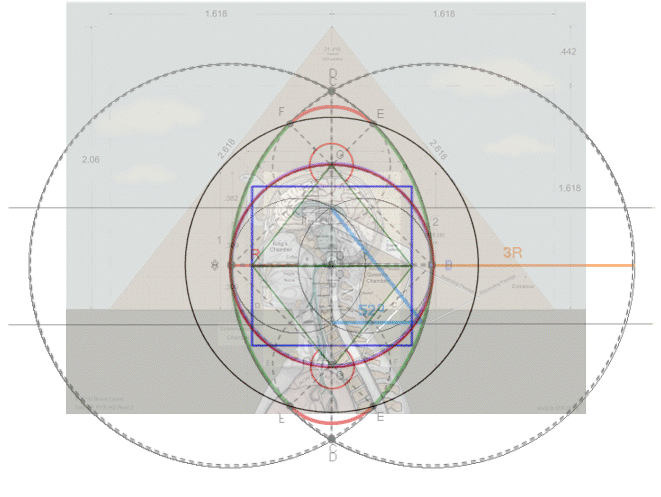




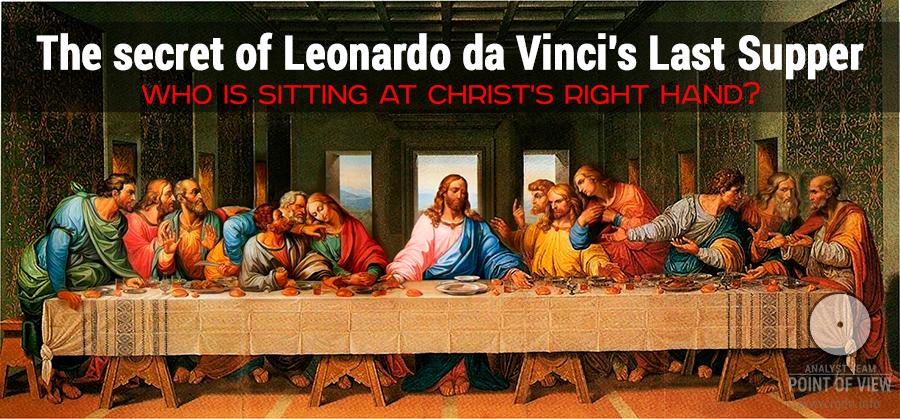
 Wednesday, April 15, 2009
Wednesday, April 15, 2009


